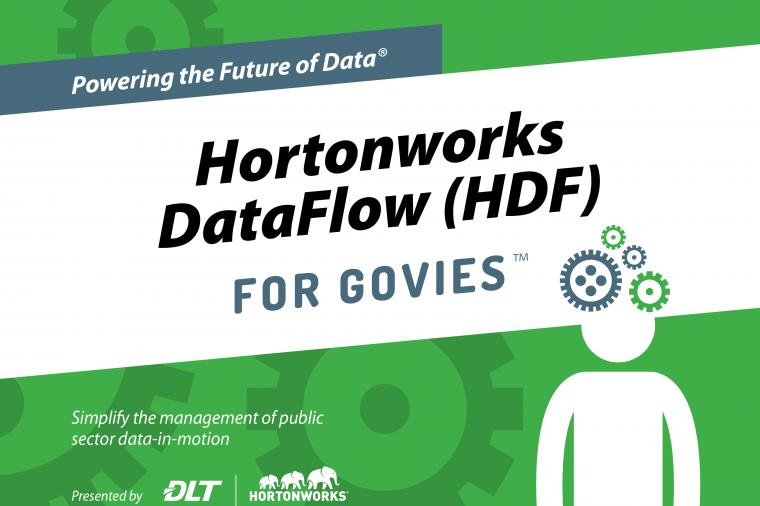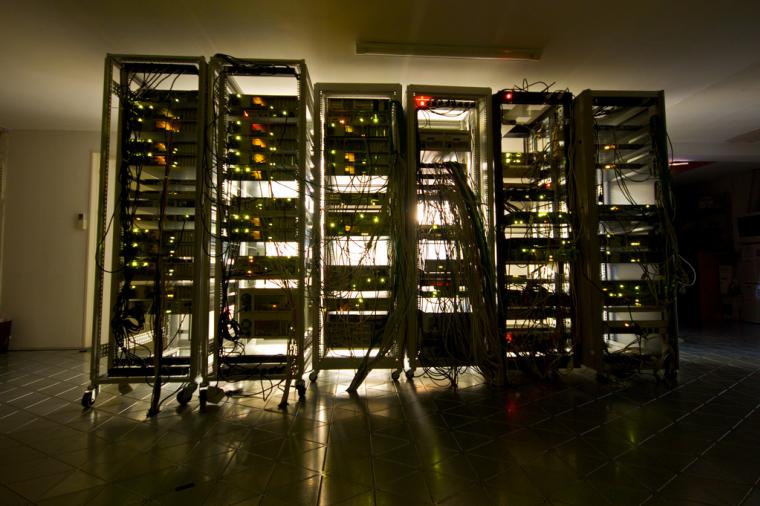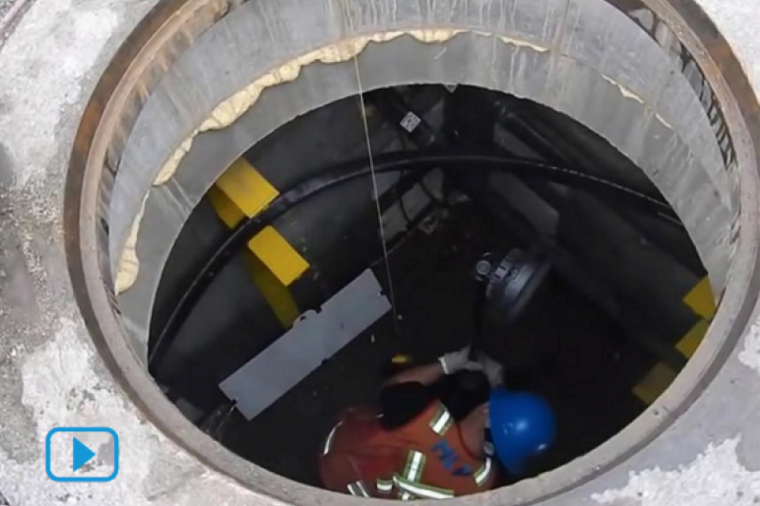Symantec and NetApp…more than the sum of the parts
Data protection is an essential part of every IT strategy. A good data protection plan minimizes the risk of downtime and data loss as well as the risk of a compliance incident. Most enterprise level data protection implementations are complex, costly and require thoughtful planning to ensure that the risk of data loss is reduced to an acceptable level.
As with any technology there is no shortage of catch phrases to distract the overburdened administrator as well as the budget conscious executive. Phrases like “Integrated Data Protection”, “Industry Leading”, “End to End” and yes, even “cloud”. Let’s face it. The only reason you spend a dime on this stuff is to reduce risk because risk adds cost to your operation. The cost of data re-entry, the cost of down time or the cost of compliance fines. How simple or complex the system that you create to deal with risk is not the issue. The issue is whether the cost of the system is less than the risk of doing nothing.
One of the current trends in the public sector is to move from tape backups to disk. This, interestingly enough is in parallel to another trend to move from physical environments to virtual environments. Virtualization of applications begs the virtualization of storage and what’s an overstressed IT shop to do about their backup policies which have had their feet kicked out from under them by all this re-structuring. After all, any new initiative is bound to require a new process.
Fortunately, there is a quite elegant combination of vendors that can address these initiatives. These two vendors are Symantec and NetApp. As applications get hosted on virtual servers, their associated file systems need to be hosted on a robust disk array in order to achieve the high availability and lower cost capabilities that is a large motivator of this effort. NetApp has a large selection of storage arrays with impressive features for managing data including comprehensive snapshot capabilities. Symantec delivers high performance data protection that scales to protect the largest heterogeneous environments. With complete protection from remote office to data center to vault, Symantec’s products offer a single console for all backup and recovery operations.
This is a good point to take a moment to articulate the value of advanced snapshot technology as an additional data protection step. Typically, snapshots are used to allow applications to be backed up without undo interruption to their processes. Backup products use this capability to backup databases, exchange servers as well as to simply reduce the impact of backups on the target servers. Consider, if you will, the value of using this capability as a distinct step in the data protection process. If your storage array had the capability to manage numerous snapshots of the data on the array then changes to data could be recorded at a fairly high frequency for a reduced RPO (recovery point objective). Think of this as a rollback layer. Backups are typically done on a daily basis due to the length of time it takes to actually copy data. You could take a snapshot of your array every hour for a week or every six minutes for a day depending on the depth of your RPO (recovery point objective) and since snapshots take seconds rather than minutes or hours and take very little space, mission critical operations are not affected. The greater advantage is that if a file needs to be restored to a previous time then it could be done at the disk level very quickly rather than trying to fish it back from a backup and this could be done on an intra-day basis. Organizations who are plagued with high restore activity can benefit from this architecture.
Of course backups are still required for long term retention, compliance and actual protection against data loss since snapshots do not actually copy data. The value here is that the backup team can focus on these issues rather than tying up time with high volumes of data restore operations and the organization gains a risk reduction because rollbacks of errors are quicker and the RPO has been reduce to intra-day intervals rather than daily. This is good product synergy that can seamlessly fold into a typical data center consolidation effort.








































